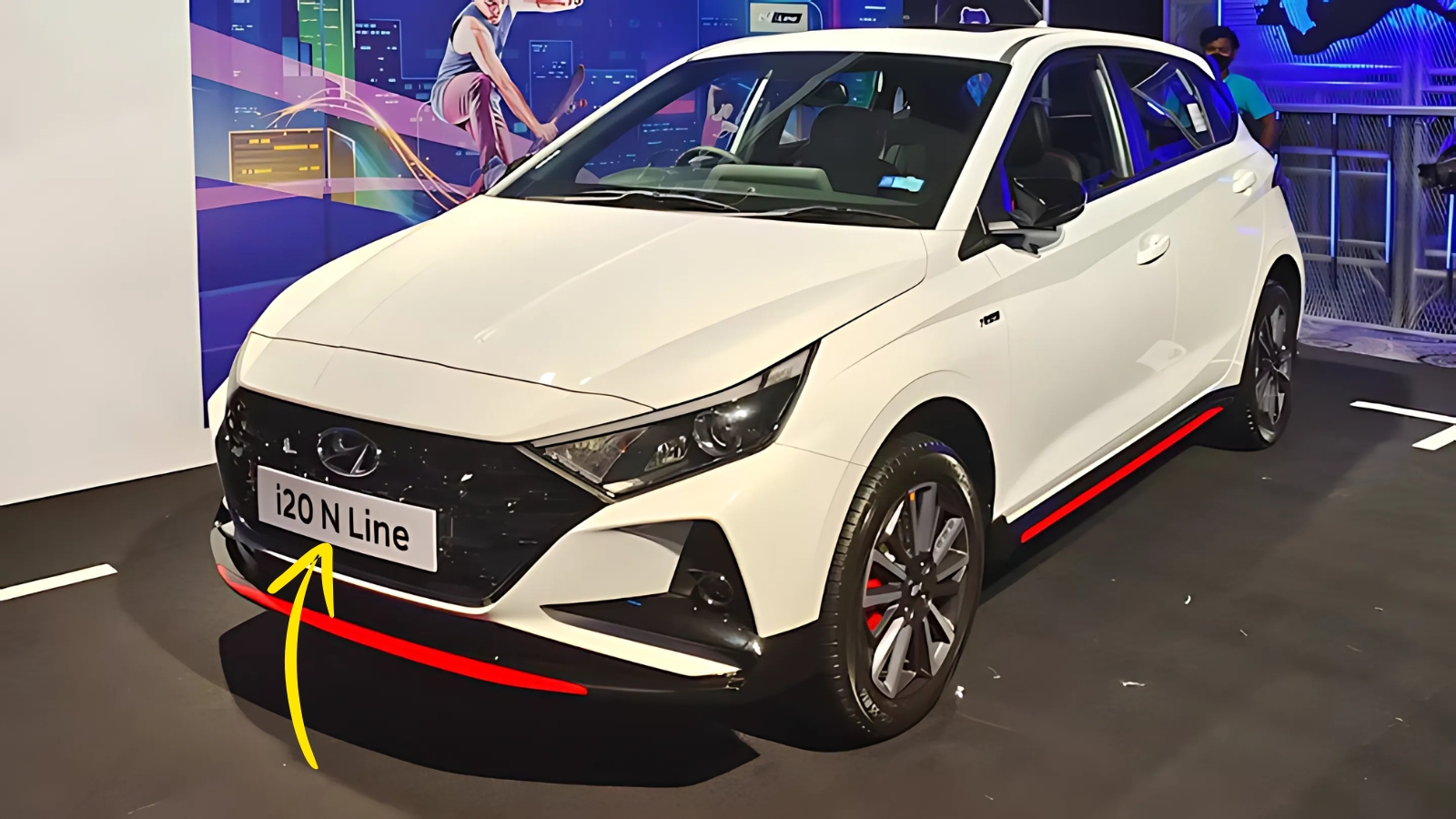Hyundai i20 : The compact hatchback segment just witnessed a significant transformation. Hyundai has unveiled the redesigned i20, and after spending quality time behind the wheel and examining every design detail, I can honestly say this represents one of the most dramatic makeovers in the segment’s recent history. The visual evolution is so substantial that it barely resembles its predecessor, while the pricing strategy suggests Hyundai is serious about making premium design accessible to mainstream buyers.
Design Revolution That Commands Attention
The visual transformation of the i20 is nothing short of remarkable. Gone are the conservative styling elements that characterized previous generations, replaced by contemporary design language that feels genuinely upscale and sophisticated. The front fascia adopts Hyundai’s latest design philosophy with cascading grille elements and LED lighting that creates a distinctive road presence.
The headlight configuration represents a complete departure from traditional hatchback styling. Angular LED elements create a modern signature that looks expensive regardless of the actual price point. During evening drives, the lighting creates a premium appearance that rivals vehicles from luxury segments.
Body proportions have been refined to create a more dynamic profile without sacrificing interior space. The side character lines add visual movement and depth that make the car appear more premium when parked alongside competitors. The design manages to look substantial without appearing bulky or awkward in urban environments.
The rear design incorporates connected taillight elements that create a cohesive, modern appearance. When illuminated, the light signature provides distinctive recognition that helps the i20 stand out in crowded parking areas. The overall rear treatment looks sophisticated and well-integrated rather than like an afterthought.
Color options include several sophisticated choices that complement the upscale design direction. Premium paint finishes available across the range suggest Hyundai is targeting buyers who want their vehicle to make a visual statement rather than simply blend into traffic.
Interior Transformation That Impresses
Stepping inside reveals an interior transformation that’s equally impressive as the exterior changes. The dashboard layout and material choices create an ambiance that feels several price categories above where the i20 actually competes. Soft-touch materials are used strategically in high-contact areas, while the overall design creates visual sophistication and depth.
The infotainment system integration looks seamless and well-proportioned rather than aftermarket. The screen size and placement feel natural within the interior architecture, and the interface responds quickly to inputs without the lag that sometimes affects budget vehicle systems. Connectivity options are comprehensive, supporting modern smartphone integration seamlessly.

Seating comfort exceeded expectations during extended driving sessions. The front seats provide adequate support for longer journeys, while rear passenger space remains generous despite the more dramatic exterior styling. The seat materials feel durable while maintaining an upscale appearance that should age well over time.
Storage solutions throughout the cabin are thoughtfully designed for real-world usage. Door pockets, console storage, and cup holders are sized appropriately for daily items rather than feeling like design afterthoughts. The attention to practical details suggests Hyundai understands how people actually use their vehicles.
Driving Experience That Balances Comfort and Engagement
Behind the wheel, the i20 delivers a refined driving experience that complements the premium visual positioning. The steering feel provides adequate feedback for engaging driving while remaining light enough for comfortable urban maneuvering. The driving position feels natural and commanding without being awkward for drivers of various heights.
Engine performance strikes a practical balance between fuel efficiency and adequate power delivery. City driving feels responsive and confident, while highway cruising remains comfortable without feeling underpowered. The power delivery characteristics suit the car’s positioning as practical urban transportation with occasional longer journey capabilities.
Ride quality represents a significant improvement over previous generations. The suspension tuning manages to absorb urban road imperfections effectively while maintaining reasonable handling characteristics. Daily commuting becomes more pleasant when the car handles rough surfaces with composure.
Noise insulation has improved noticeably, creating a cabin environment that feels more expensive than the price suggests. Road noise and wind noise are well-controlled, making conversations and audio entertainment more enjoyable during longer drives.
Technology Integration That Makes Sense
The feature set feels carefully curated rather than overwhelming. Instead of cramming in every possible technology, Hyundai has focused on implementing systems that genuinely enhance the ownership experience. Climate control, infotainment, and safety features operate intuitively without requiring extensive learning curves.
Safety equipment is comprehensive for the segment, with features that were previously exclusive to more expensive vehicles now standard across most trim levels. The implementation feels mature rather than experimental, suggesting these systems will operate reliably over time.
Maruti Suzuki Brezza – New model launch with Range Rover style in budget
Hyundai i20 Affordable Pricing Strategy That Disrupts Expectations
Hyundai has positioned the redesigned i20 aggressively in a competitive segment where buyers increasingly expect premium experiences without premium price penalties. By focusing on design excellence and practical technology rather than expensive luxury features, they’ve created compelling value that challenges segment assumptions.
The pricing strategy appears calculated to attract buyers who want upscale design and modern features without stretching budgets beyond practical limits. This approach could potentially influence pricing strategies across the entire compact hatchback segment.
The new i20 proves that sophisticated design and premium user experiences don’t require luxury car pricing, just thoughtful engineering and smart feature prioritization that focuses on what actually matters to daily drivers.
